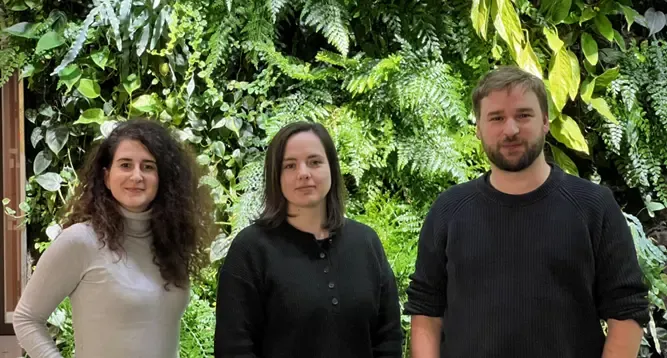
Research focus
All animal behaviour is ultimately realised by patterned sequences of movement. These movements are controlled by complex, interconnected motor networks in the brain and spinal cord. These motor circuits often rely on proprioception - our so-called “sixth sense” - that provides online sensory feedback on the position and motion of our bodies during behaviour. A major goal is to gain a full understanding of how different forms of proprioceptive feedback across the body contribute to the control of motor behaviour.
Locomotion involves a whole-body translocation in space that requires sophisticated and coordinated movements across the body, especially involving trunk-limb coordination. What is poorly understood is how spinal motor networks, whole-body biomechanics, and convergent streams of sensory feedback from across the body interact in the intact, behaving bodies of mammals for flexible movement patterns.
Our research focuses on understanding how whole-body motor coordination is achieved during behaviour in mammals. In particular, the group aims to identify and characterise unexplored proprioceptive pathways that provide movement feedback based on trunk and spinal cord movement. We use a variety of techniques in mice, including patch-clamp electrophysiology combined with mechanical manipulation, tracking of whole-body coordination including in vivo x-ray analysis, and genetic manipulation combined with behavioural testing.
